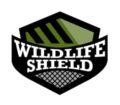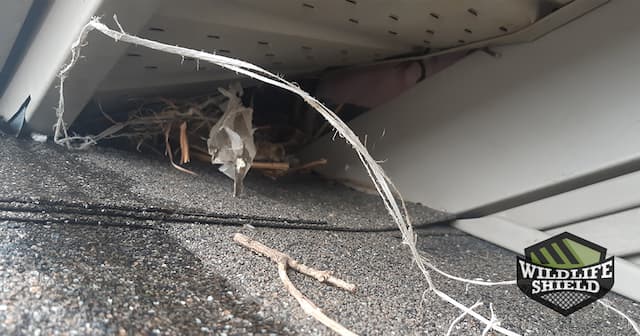The initial call to the property was for a raccoon that had gotten into the attic. The customers could hear noise in the attic and were worried there may be a whole family. Raccoons are a serious problem in Ontario. They have no predators in the city and humans are not allowed to harm them. They wander around often in open areas filled with humans with no fear of being harmed. The size of raccoons has also been increasing as waste increases in our society. There would be fewer raccoons if not for grocery stores throwing away half their stock every week because it does not sell. Raccoons are omnivores during the winter and will eat just about anything they can find. In the summer they become relatively strict carnivores. This is an example of how animals can vary in their nature, while raccoons are nocturnal they will be active during the day sometimes, often if they have yet to find enough food to eat that day. Animals and insects are not computers, they do not have alarms set to wake up at a certain time. They are wild creatures that do as they please. So do not rely on facts when dealing whit with a wild animal in your attic, under your deck or on your property.
Exterior Inspection
The initial inspection of the exterior revealed an access point at the soffit roof intersection with detritus that had been dragged into the opening. This is common for raccoons who generally focus on human garbage and pet food for their meals. They will bring that “food” into the nest and will cause further destruction to your attic and insulation as it rots.
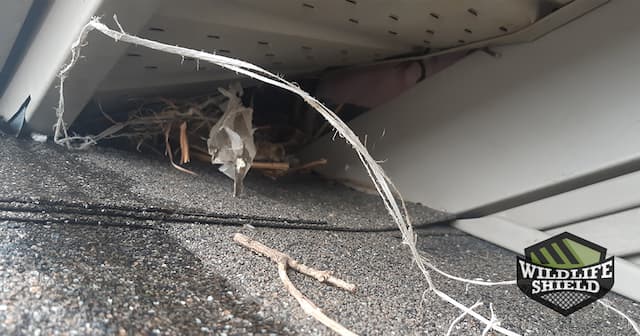
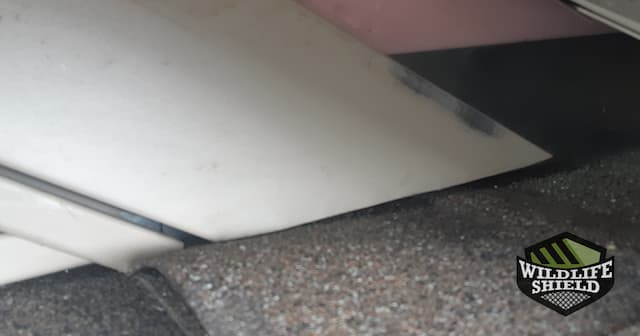
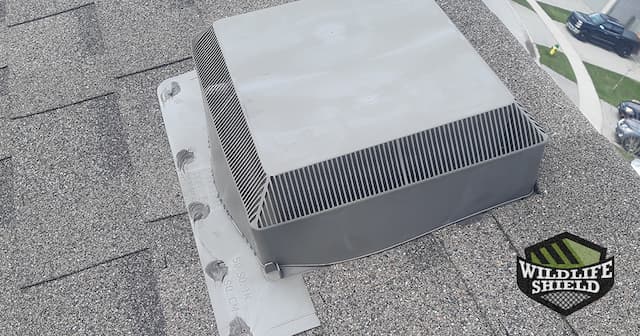
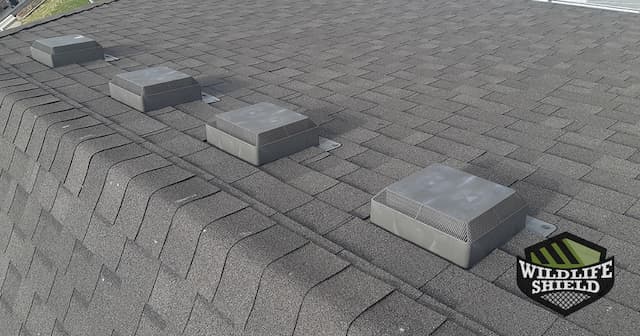
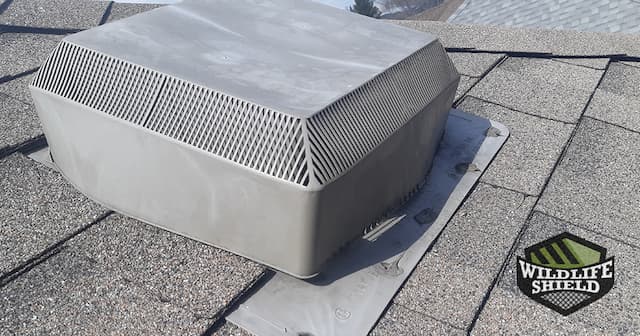
Interior inspection
The interior inspection of the attic involved the use of a thermal camera that records and makes visible infrared light. This acts as a heat gradient allowing you to find small raccoon babies hidden in the insulation. A stethoscope can be used to listen for sounds behind walls in hard-to-reach areas. However, the most effective means of inspecting an attic is to use your eyes, ears and brain. No baby raccoons were found but that may not be the case in a few weeks as the raccoon may be pregnant and ready to give birth at any time. This is why if you hear sounds in your attic act fast and call a professional. You may be able to get the female out before it births a litter which would make the process much easier and cheaper. The roof vents on the roof were all plastic and very easy for a raccoon or other wildlife to rip off or penetrate. There was also an open plumbing vent that was found to be open to rodent access. The main entry point would need to be sealed off with a one-way door to allow the animal to humanely vacate and to prevent it from returning. This is achieved with a spring-locked door that requires a great deal of pressure to open and seals flat with no accessibility way to reopen the door once it is closed.
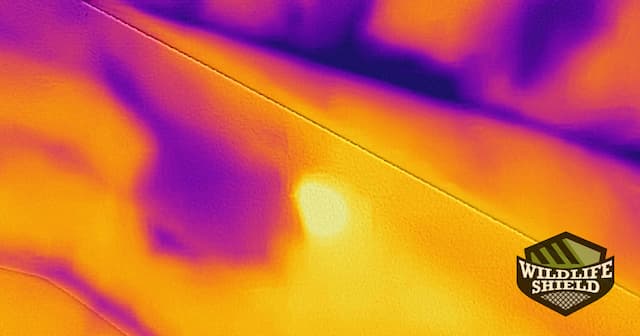
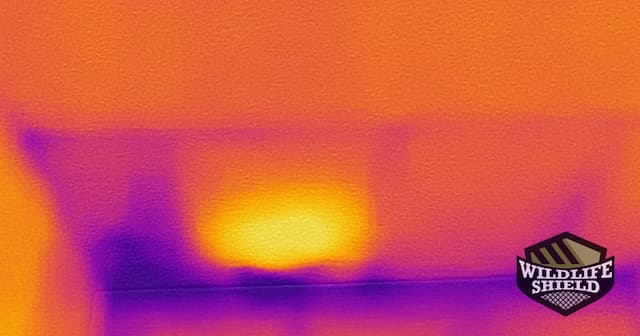
Initial Measures
The initial measures taken by the technician included was to deodorize the main entryway to get rid of the smell of the animal. As no babies were found in the attic there will be no need to collect them and place them in a box on the ground near the one-way door for the mother to take. There were six plastic roof vents that needed protection as well as the plumbing vent along with a number of soffit roof intersections.
Proposed exclusion
The proposed exclusion by the technician was The technician attached, to the main entryway, galvanized steel mesh which is waterproof to the intersection to create a cage-like structure with a one-way door facing outwards. The process allows the animal to vacate but is meant to prevent it from getting back in. Six plastic roof vents were sealed with black rubber-coated galvanized steel mesh. A plumbing vent was also sealed off with galvanized steel mesh and four more soffit roof intersections were sealed.
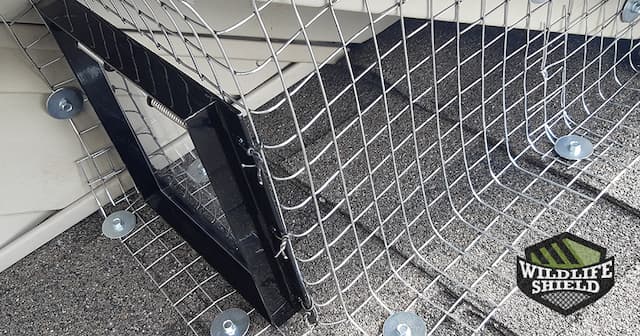

Conclusion
In conclusion, the work was highly effective and the raccoon was vacated easily. It left the property and was not seen again. The customers have since been free of wildlife occupying their attic and are pleased with the results.
